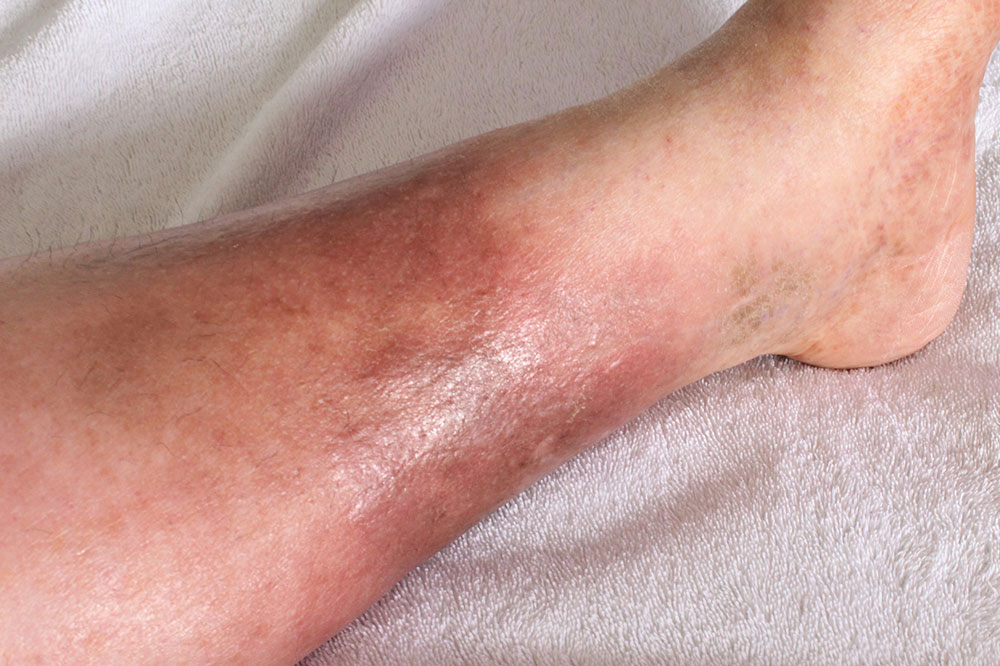
4 Ways to Prevent Deep Vein Thrombosis
Deep vein thrombosis (DVT) is a condition in which a blood clot forms in one or more than one deep veins in the body, commonly in the legs. There are several treatment options available for the condition. To avoid the costs, here are four effective tips for the prevention of DVT.
Around 350,000 people in the country suffer from DVT every year. But even if you are at a greater risk of developing the condition, there are several prevention tips for DVT that can prove to be beneficial. Such as
Exercise Regularly
If you can exercise daily, there is nothing better than that. You can pick an activity of your choice, like cycling, swimming or walking, and try to do it every day. This will get the blood flowing in your body, you will lose the extra weight, and there will be lesser chances of blood clotting. You can also start with a healthy diet that consists of fruits and vegetables in abundance. This will also help you maintain healthy weight levels and prevent DVT.
Quit Smoking
Smoking can increase the chances of blood clotting. Therefore, one of the most effective prevention tips for DVT is to quit the habit. You can take the help of nicotine patches, medications, or sprays to help you fight the addiction. You can also take help from support groups.
Keep Blood Pressure Under Check
Regardless of the risk of developing DVT, it is important to keep your blood pressure under check to prevent the condition. You must get it done at least once a year or more than that if it is recommended by the doctor. If there is a medication required to keep the blood pressure under control, make sure you take it regularly. Following a healthy diet will also help you maintain healthy blood pressure.
Preventing DVT Post Surgery
If you are at risk of developing a blood clot after surgery, your doctor will inform you beforehand. The chances of developing a blood clot are highest 10 days after the surgery. In some cases, less movement after surgery can also result in DVT. For this, during your recovery phase, make sure that the foot of your bed is raised to a level that it is taller than your pillow end. You should also avoid the use of pillows under your legs during this time. Any exercise, such as lifting the legs, moving the ankles, or the one that your doctor has prescribed, is good to keep the flow of blood moving. As soon as you are out of the bed and it is safe, get back to your physical activities to avoid DVT complications.



